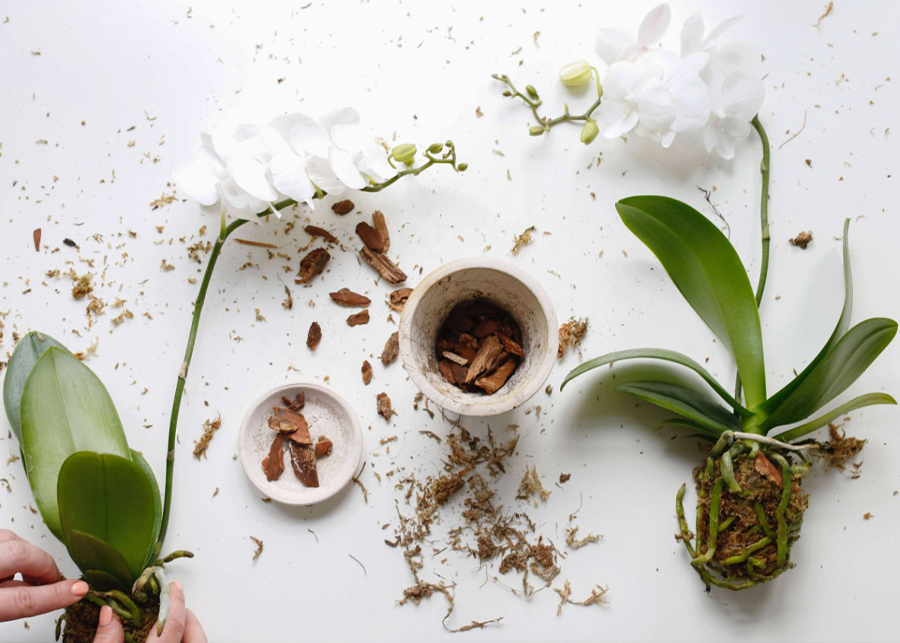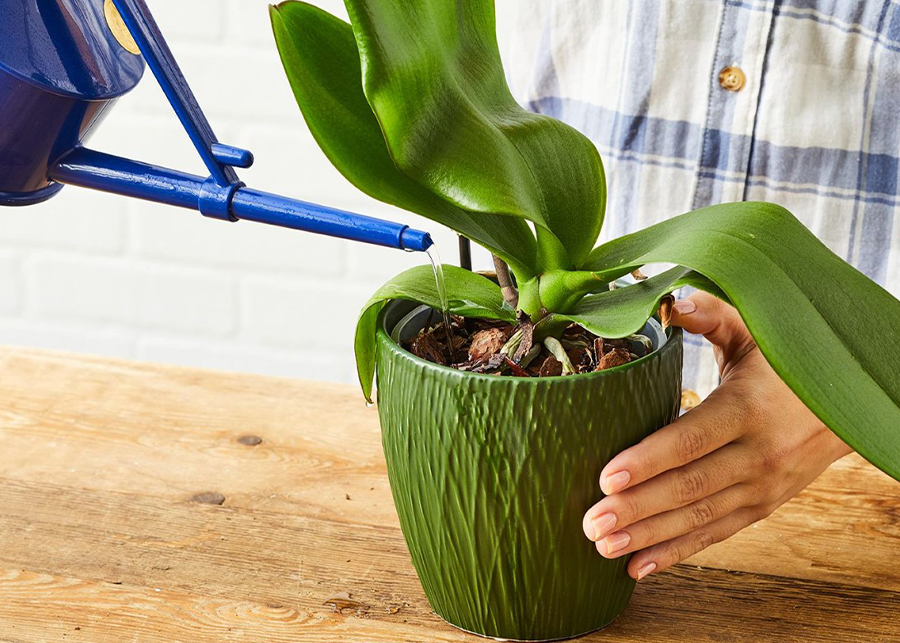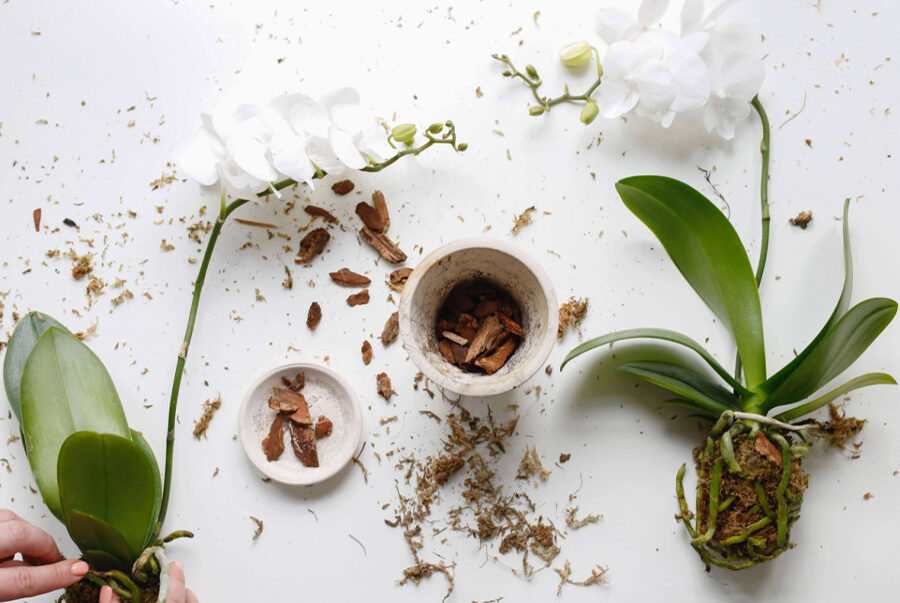How to Pot an Orchid
Potting an orchid is a simple process. However, if the proper steps are not taken, the delicate roots may become damaged and the orchid will die. There are several different types of orchids, and each specific type has its own approach to potting. This article discusses how to pot an orchid for beginners. The first step in re-potting an orchid is to sterilize the pot. Make sure that the pot is not too large or too small or your orchid may become damaged. Next, decide on the proper orientation of the plant. Once you know the correct orientation, you can begin to work in the roots and potting medium.
The first step in re-potting an orchid is to sterilize the pot. Make sure that the pot is not too large or too small or your orchid may become damaged. Next, decide on the proper orientation of the plant. Once you know the correct orientation, you can begin to work in the roots and potting medium.

Re-pot an orchid when it has finished flowering
Re-potting an orchid when it has finished flowering is best done only when the plant is healthy and its roots are strong enough to support its new pot. Care must be taken to not damage the roots, so be gentle and light-handed. Carefully remove the flower spike and medium from the orchid, and run a knife around the edges of the pot to release the roots. Then, insert the new pot into the orchid.
The process of re-potting an orchid is very easy. First, you should remove the old pot, remove any brown roots and remove the old media. You can reuse this old media for other houseplants or garden plants. Sometimes, the old media will be stuck to the roots, so be gentle when pulling it out.
Sterilize the pot before repotting
The first step before repotting an orchid is to sterilize the pot. This will kill any toxins or disease vectors that may be present. It is also helpful to line the pot with packing peanuts or broken terracotta. This will prevent the roots from drying out and will also provide drainage. Shallow pots do not require this step.
Before repotting an orchid, make sure to mark the base of the orchid with a plastic tag and note the date and the name of the plant. You should wear latex gloves when repotting. Also, use sulfur or cinnamon to disinfect the cut roots. To remove air pockets, gently press the potting medium around the roots. If possible, keep the crown and aerial roots above the potting media.
Choosing a pot for an orchid
There are many factors to consider when choosing the right pot for your orchid. First, make sure that the pot is suitable for the climate and soil of your orchid. Also, check that the pot doesn’t contain any harmful chemicals. Many plastic and ceramic coated pots contain harmful chemicals and can cause your orchid to suffer. Consider using a wooden or clay pot instead.
Secondly, it is important to choose the correct size pot for your orchid. If the pot is too small, the roots may suffocate. The roots of an orchid need proper air circulation so that they can grow properly. To improve the air circulation, repot the orchid to a slightly larger pot. It’s best to repot your orchid every one to two years.

Watering an orchid after re-potting
Watering an orchid after re -potting is crucial to its survival. This process requires that you carefully rinse the roots of the orchid with water to make them more pliable. It also removes any old potting medium. The next step is to choose a
suitable pot for the orchid, depending on its species. Remember to water the orchid once a week. If possible, place it in indirect light.
After re-potting, it is important to mist the plant lightly every day for the first two weeks. Try to do this early in the morning so that the leaves will dry before it gets dark. You can also add some high-phosphorus plant fertilizer or rooting solution to the pot to boost the plant’s nutrition. Watering an orchid after re-potting should be done weekly during the first week.
How to Pot an Orchid Result
Deciding when to re-pot an orchid is something of a guessing game. A good rule is to re-pot when there is no more than one-third of the potting medium (i.e., dirt) left in the pot and new roots have started to fill it up. The most important thing to remember when re-potting orchids is that the new pot should be one size larger than the old one and that the pot should have holes for drainage at its base. A common mistake made by first time orchid owners is that they give their plant too large of a new home, which can cause damage to the roots. So always choose a pot just one size larger, but not any larger.

